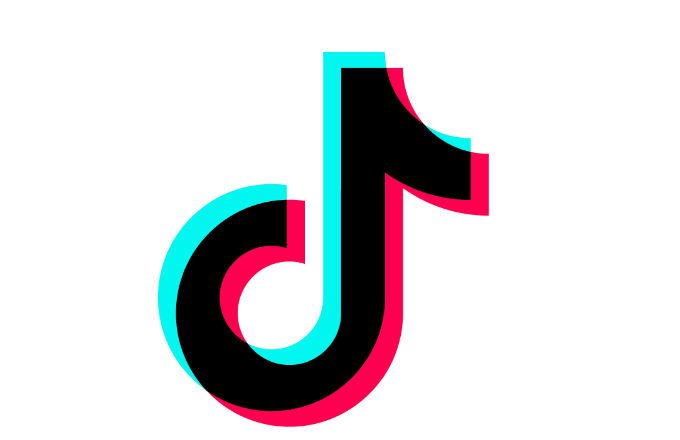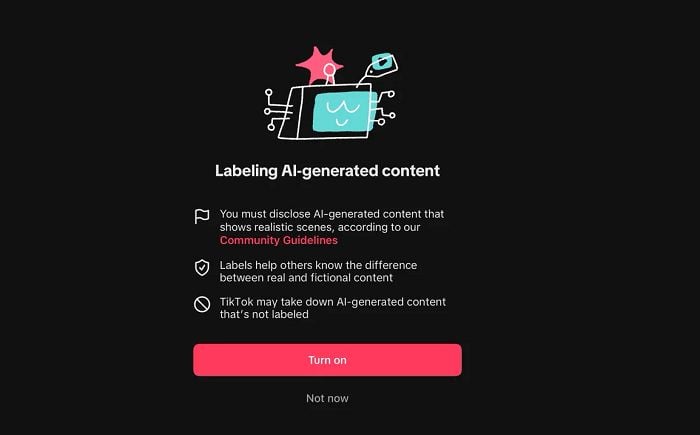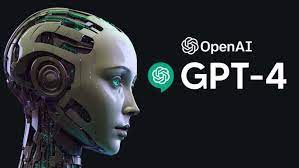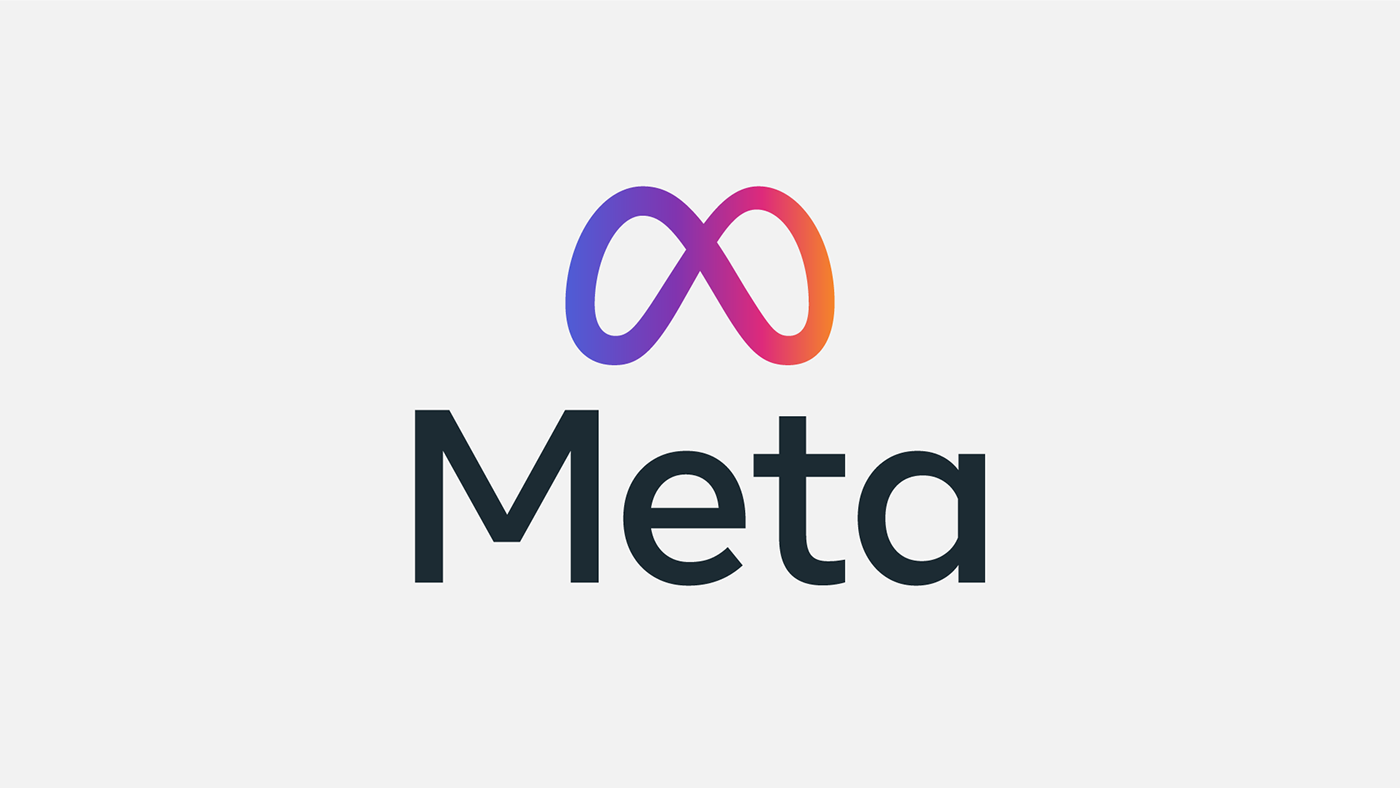In a move that underscores the growing significance of artificial intelligence in content creation & consumption, TikTok the popular short-form video platform, has announced the introduction of new required labels for AI-generated content. This development represents a significant step forward in transparency, ethics, and user awareness, as it ensures that viewers are aware of the role AI plays in the content they enjoy. In this article, we’ll delve into the details of this announcement, discussing the motivations behind it, the implications for content creators, the potential impact on user experience, and the broader implications for the tech industry.
The Motivation Behind the Decision
The decision to require labels on AI-generated content is rooted in a desire for transparency and ethical responsibility. As AI technologies, such as deep learning and neural networks, become increasingly sophisticated, they can generate content that closely resembles human-created content. This blurring of lines between human and machine creation has raised concerns about user awareness. Viewers should know when they are engaging with content that has been significantly influenced or generated by AI, as this knowledge can impact their perception and understanding of the content.
Implications for Content Creators
For content creators, this announcement brings both challenges and opportunities. On one hand, it requires creators to be more transparent about their content production process. If a video heavily relies on AI-generated elements, creators must now label it as such. While this may seem daunting, it aligns with the broader trend of authenticity in content creation. Disclosing the use of AI can actually enhance trust between creators and their audience.
Additionally, this move could inspire content creators to explore the creative potential of AI tools. AI can be a powerful ally in generating innovative and engaging content. By openly embracing AI and using it as a creative tool, creators might discover new ways to captivate their audience, leading to a wave of fresh and exciting content on the platform.
User Experience Considerations
From a user perspective, the introduction of labels for AI-generated content is a positive step. It empowers users to make informed decisions about the content they consume. Some users may have preferences for purely human-generated content, while others might be intrigued by the possibilities of AI-assisted creativity. By labeling content as AI-generated, TikTok ensures that users can choose the type of content experience they want, fostering a more personalized and enjoyable platform.
Moreover, understanding when AI is at play can spark fascinating discussions among users. It opens the door for conversations about the impact of AI on the creative process, the role of technology in entertainment, and the ethical considerations surrounding AI-generated content. These discussions can enrich the overall TikTok community, making it a hub for both entertainment and thoughtful exploration.
TikTok Adds

Broader Implications for the Tech Industry
TikTok’s decision to require labels for AI-generated content has broader implications for the tech industry as a whole. It highlights the need for responsible AI development and deployment. As AI continues to integrate into various aspects of our lives, transparency becomes crucial. Users should be aware of AI’s involvement in decisions that affect them, whether it’s content recommendations, advertising targeting, or other AI-driven features.
Furthermore, this move by TikTok sets a precedent for other platforms to follow suit. If more social media platforms and content-sharing services adopt similar labeling requirements, it could create a domino effect, leading to a more transparent and accountable tech ecosystem. This would benefit both users and the industry, fostering trust and ensuring that AI is used in ways that align with user values.
Addressing Potential Challenges
While the introduction of AI-generated content labels is a commendable step, it also poses some challenges. One concern is the potential for misuse or misunderstanding of these labels. There’s a risk that some content creators might misuse the label to gain attention or make their content appear more innovative than it actually is. TikTok will need to establish clear guidelines and mechanisms to verify the accuracy of these labels, striking a balance between promoting transparency and preventing abuse.
Additionally, there may be cases where AI’s role in content creation is subtle, making it difficult to determine whether a label is necessary. Striking the right balance between clear labeling and not burdening creators with excessive requirements will be an ongoing challenge.
TikTok’s decision to introduce required labels for AI-generated content is a significant step forward for transparency, ethics, and user awareness in the digital content landscape. This move has implications for content creators, users, and the tech industry at large. It promotes transparency, encourages responsible AI usage, and sparks valuable discussions within the TikTok community. While challenges exist, this decision sets a positive precedent for the industry, and it will be fascinating to see how other platforms respond and how this move shapes the future of AI in content creation.



